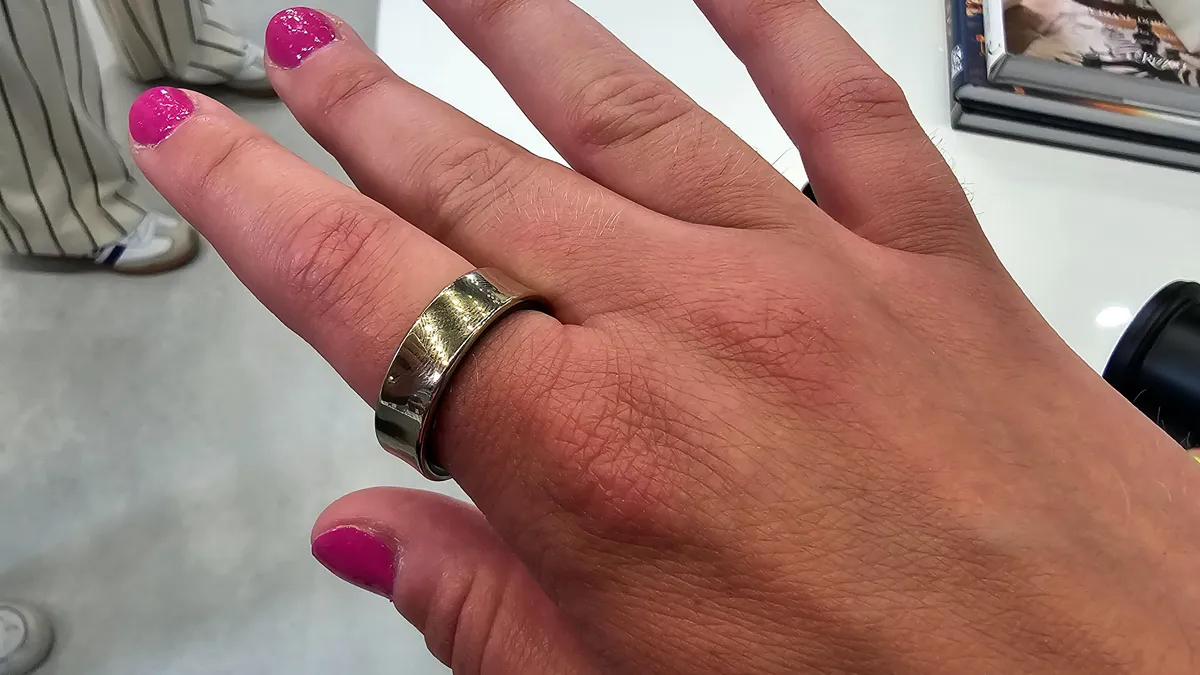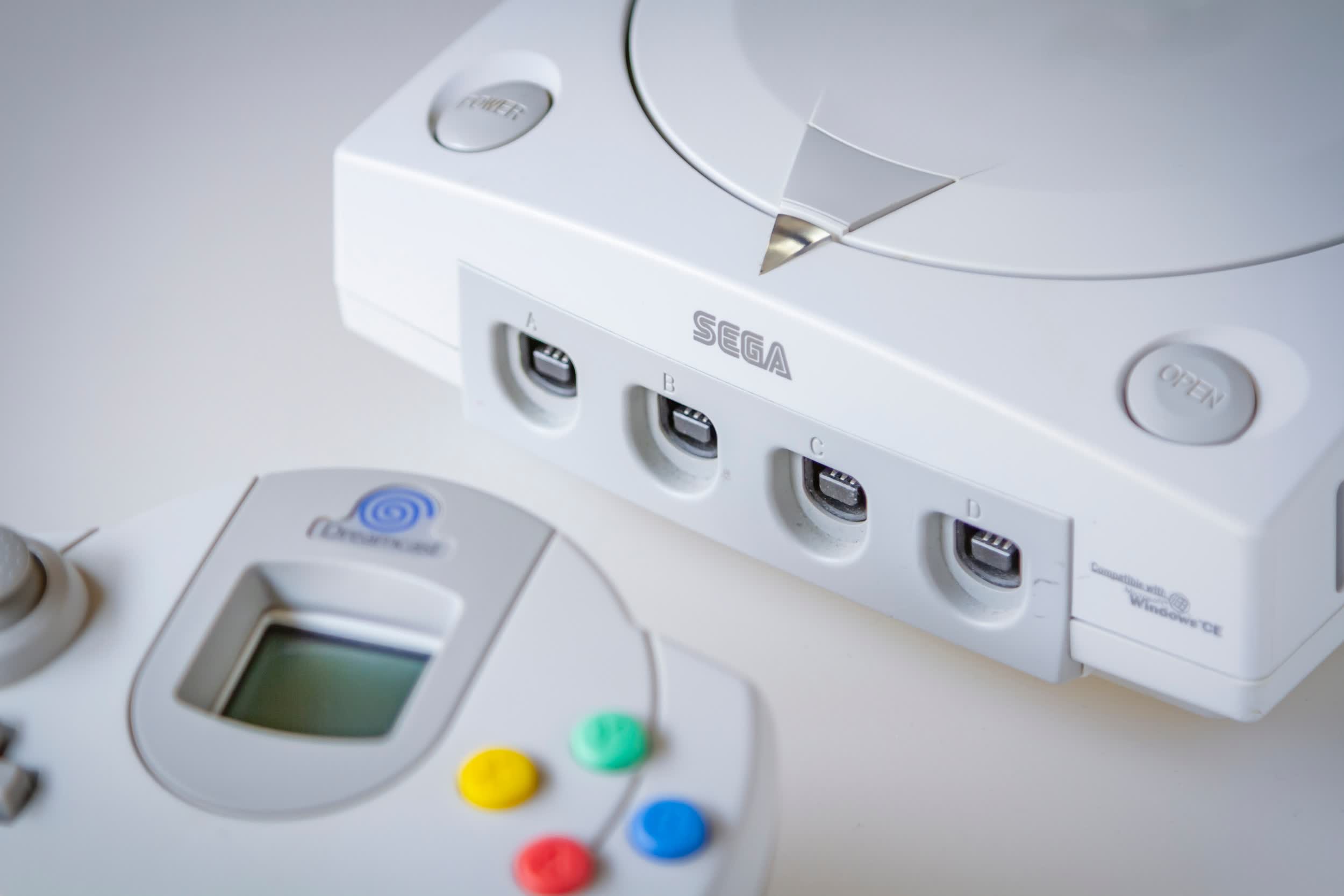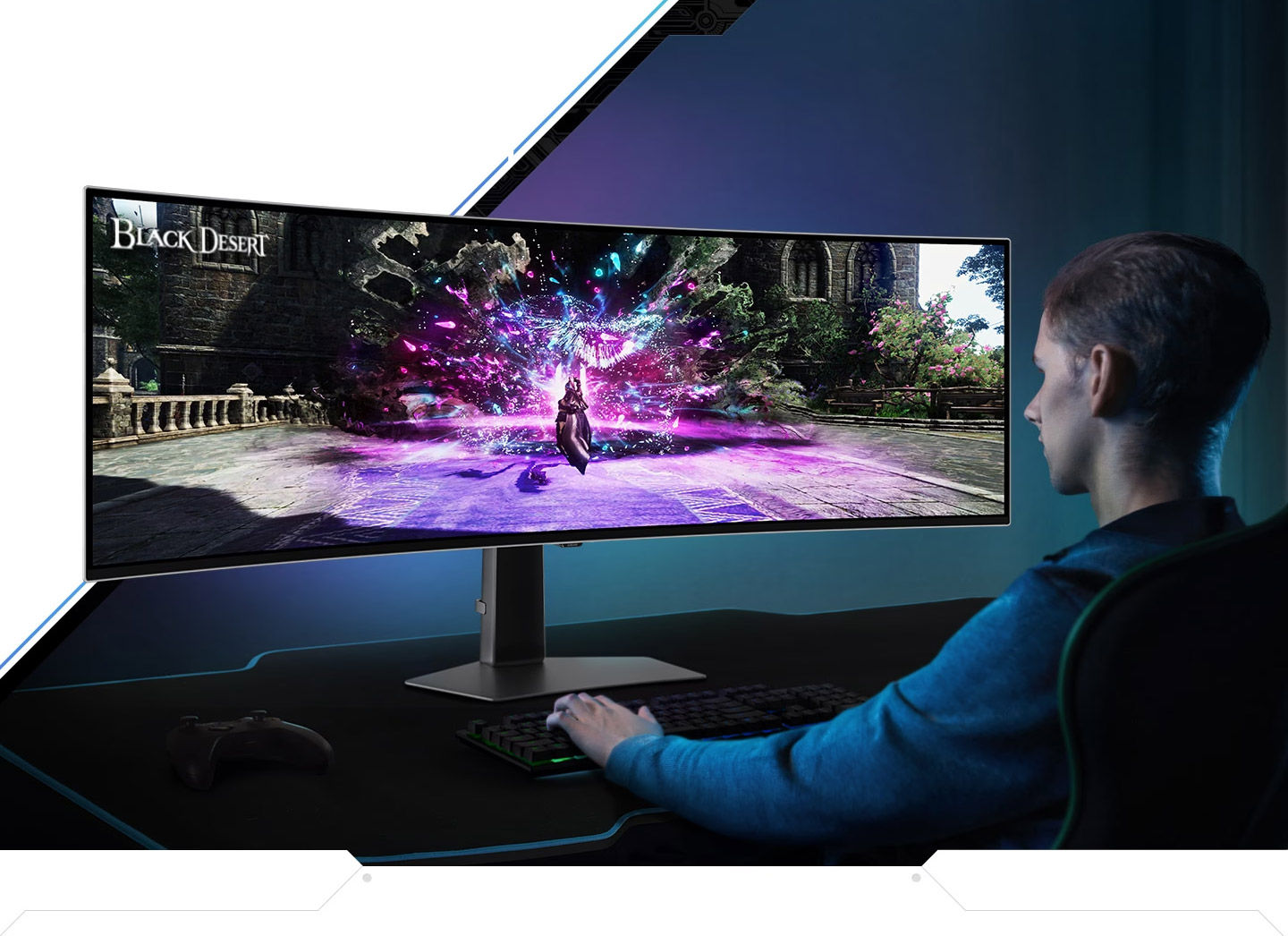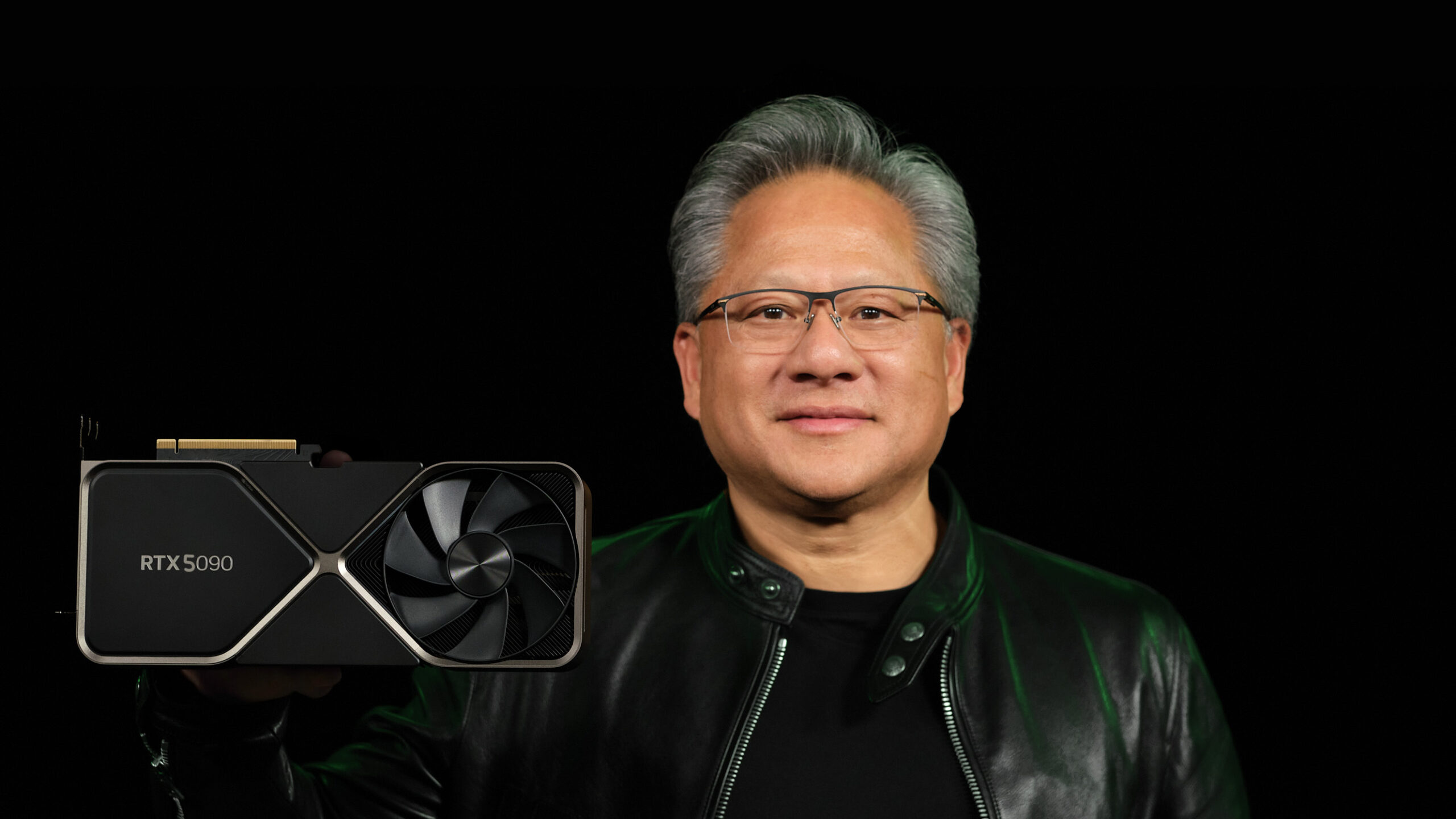Commentary: Making a smart ring isn’t a smart idea for Apple right now.
This week Samsung came out with a shiny new toy — the Galaxy Ring — and Apple fans might be feeling some jealousy. But even though Apple has filed patents for smart rings (including some from several years ago) don’t count on Apple making a smart ring anytime soon.
I like the idea of wearing a ring as a health tracker, and I wear one called the Evie. But using it has helped me see that a smart ring would be a problematic product for Apple, at least as the technology stands today. Working on a smart ring seems to go against Apple’s current product goals.
In this week’s episode of One More Thing, embedded above, I explore all the reasons Apple has for not making a smart ring and why I expect it to focus on improving sensors in the Apple Watch.

There’s no unique health feature
The Oura ring is probably the most popular smart ring model today, and one way it stands out is by taking all your data and turn it into various health scores. Samsung employs that same idea in the Galaxy Ring, using what it calls an “energy score.” But in the upcoming WatchOS 11 update, Apple will use the Vitals app to measure overall health on a daily basis. The Apple Watch will also measure intensity and duration of workouts with Training Load Scores. All of this is measured with Apple Watch sensors, which can get more robust data than what’s possible in a ring.
A ring can’t save your life
Apple markets its products as a way to help you live a healthier life, but more than that, the Apple Watch is promoted as something that can save your life — something a ring can’t claim to do. The Apple Watch can alert people to potential heart health problems, or dial 911 after someone is in a crash or takes a hard fall.
Reports from Bloomberg say Apple wants to lead the industry by figuring out how to use the watch to track glucose and blood pressure — things that are difficult to do accurately with a small block on your wrist. Apple can make a bigger difference in health monitoring by coming up with these sensors in a watch, before it starts trying to cram smaller, sub-par sensors in a ring for a finger.
More from Samsung Unpacked
- Samsung Unpacked Summer 2024: Everything Announced
- Samsung Galaxy Ring Hands-On: The Smart Ring to Rule Them All
- Samsung Galaxy Z Flip 6 First Take: Catching Up to the Galaxy S24
There’s an argument to be made that data from a ring could supplement data from a watch, because more data means better data, but would Apple admit that the Watch alone isn’t good enough? I doubt that’s the message Apple wants to send.
Apple’s Fitness Plus needs the Watch to succeed
With Apple you also have to think beyond the hardware. Services are a growing part of Apple’s business. And when it comes to Apple Fitness Plus, the workout video subscription program, the Apple Watch plays a big role in what makes the service special.
In a Fitness Plus video, if you’re wearing an Apple Watch, you’ll see your real-time BPM and estimated calories burned overlaid on the workout video. It all syncs together effortlessly.
Apple needs the power of the Watch to sell you on what makes Fitness Plus worth investing in. It’s the kind of feature that gets customers hooked and staying subscribed, and keeps you wanting an Apple Watch instead of giving it up for a screenless ring.
If Apple needs a ring, Apple Intelligence has failed
It’s possible for a smart ring to work a remote control of sorts. The Galaxy Ring can be used to remotely take a photo on a phone. And the idea of controlling music or devices with a ring is a feature we’ve seen highlighted in Apple’s patent documents.
But the bigger mission for Apple now is getting Apple Intelligence and the AI-smart Siri to fulfill its big promises. Apple aims to let you easily control all sorts of things on your devices by giving simple, natural commands to Siri.
If Apple has to convince us that using a Ring to control our music is better than using Siri, then I would see that as Apple failing on its promise of AI that can make life easier.
 A ring makes it harder to hit green goals
A ring makes it harder to hit green goalsMaterials are another challenge for Apple. The company is on a mission to be 100% carbon neutral in six years. If Apple adds a ring, it needs to add another product into that equation of making something sustainable and easy to recycle.
Not to mention, a ring is something people can feel finicky about. Ring sizes need to be measured, and what feels OK on your hand one day might feel too tight or loose the next day. Would everyone want to wear a ring when they’re lifting weights at the gym or grabbing rowing machine handles? It’s easy to see how people may be quick to return or exchange a ring based on how it fits. It makes more sense for Apple to save the resources and focus on making a watch that can outshine any ring sensor.
The idea of a smart ring sounds nice if you don’t like wearing a smartwatch and getting bothered by pings on a screen all day. It also doesn’t need to be recharged as often. For now, a ring is just a symbol of not wanting a smart watch. It’s a luxury item for tracking your health without having to be so connected. Until the day comes that a sensor in a ring can be as good as a sensor in a watch, then maybe Apple will consider jumping into the screen-free fitness tech space.




